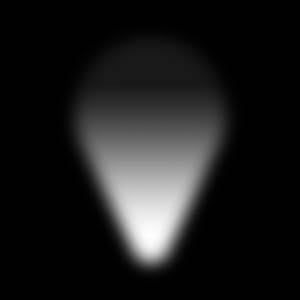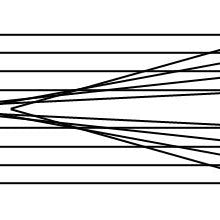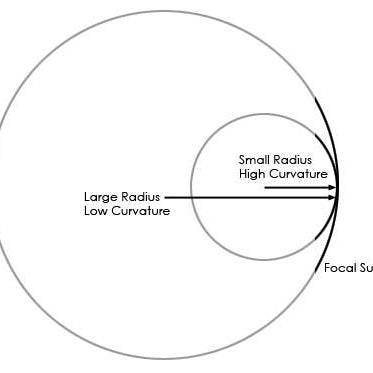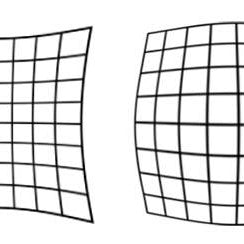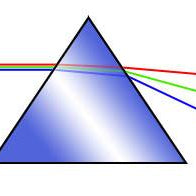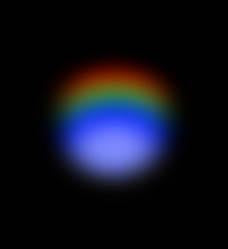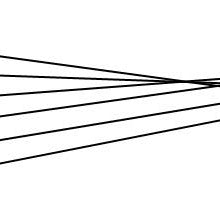
Optical Aberrations
This section describes optical aberrations, why they occur, and how they can be eliminated or minimized. More specific information on how certain optical designs deal with aberrations is described in the Optical Designs section. Spot Diagrams Optical aberrations are normally...



